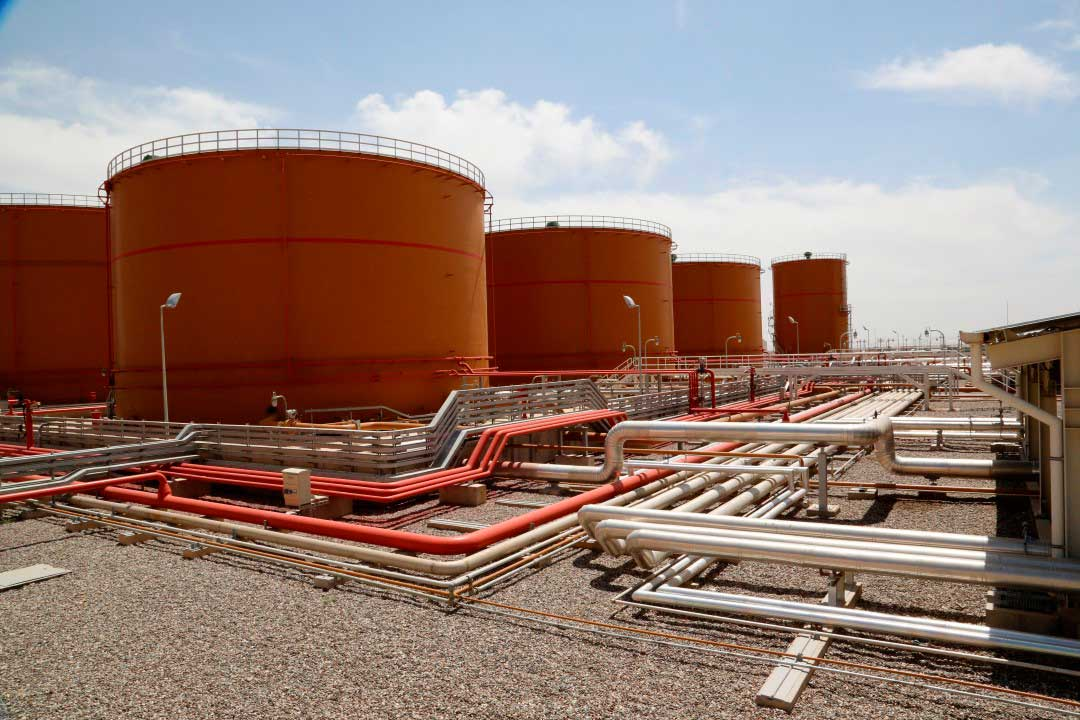Standards of Performance for Volatile Organic Liquid and Petroleum Storage Vessels
EPA’s New Source Performance Standards (NSPS) Subpart Kb and Kc Highlights
The Environmental Protection Agency (EPA) recently amended the source performance standards for volatile organic liquid and petroleum liquid storage vessels. Due to the pollutant powers of volatile organic compounds (VOCs) including petroleum liquids, the EPA published the final rule in the Federal Register Citations (FRC) for new source performance standards (NSPS) on September 30th, 2024. The amendments and additions were added to the code of federal regulations (CFR) citations under 40 CFR Part 60 Subpart Kb with a new section known as Subpart Kc.
These amendments are the first major development from the original standards after the codification of Subpart Kb in 1984 and most recent review in 1987. The standards have been revised in order to further reduce the emissions of VOCs and fulfill the EPA’s responsibility to enforce the Clean Air Act (CAA) detailing pollution control technologies and strategies. The newly revised standards establish more protective standards for storage vessels containing these VOCs and petroleum liquids that passively contribute to ground level ozone.
These new amendments require the reduction of vapor pressure applicability thresholds and also revise the VOC standards to reflect the best system of emission reduction (BSER) for affected storage vessels. With these new standards, new additional monitoring and operating requirements to ensure compliance have also been established. Among the above statutes within Subpart Kc, amendments to NSPS Subpart Kb have been established to apply to VOC liquid and petroleum liquid storage vessels and also add electronic reporting requirements.
The affected source category subject to these amendments and additions is composed of VOC liquid and petroleum liquid storage vessels outlined in the CAA under section 111. The CAA section 111 governs the standards of performance for stationary sources that are anticipated to contribute to pollution which are then required to have performance standards established asNSPS.
Subpart Kb was originally codified to regulate storage vessels with a capacity of 75 m3 or ~20,000 gallons or more of VOC liquids with a maximum true vapor pressure (MTVP) greater than or equal to 15.0 kPa, and from vessels with a capacity of 151 m3 or ~40,000 gallons of organic liquids with an MTVP greater than or equal to 3.5 kPa.
Under NSPS Subpart Kc new capacity and vapor pressure thresholds have been established. Control requirements have been amended to regulate storage vessels with a capacity of 75 m3 or ~20,000 gallons or more of VOC liquids with a maximum true vapor pressure (MTVP) greater than or equal to 10.3 kPa, and from vessels with a capacity of 151 m3 or ~40,000 gallons of organic liquids with an MTVP greater than or equal to 3.4 kPa. Among these revised thresholds, other amendments include general applicability thresholds, improved standards of performance for specific tank types, degassing requirement general and vapor pressure threshold applicability, improved testing, monitoring, and inspection requirements, emission limitation provisions, and updated recordkeeping and reporting requirements are all included in the revision.
The goal of these revisions is to expand air pollution controls to a wider range of storage vessels than is currently regulated under the current NSPS. The finalized VOC standards achieve an industry-wide 98% control efficiency for VOCs compared to the most recent NSPS which requires only 95% control efficiency.
For more information on all of the amendments and additions to the NSPS and other resources related to these standards, navigate to the EPA website.




